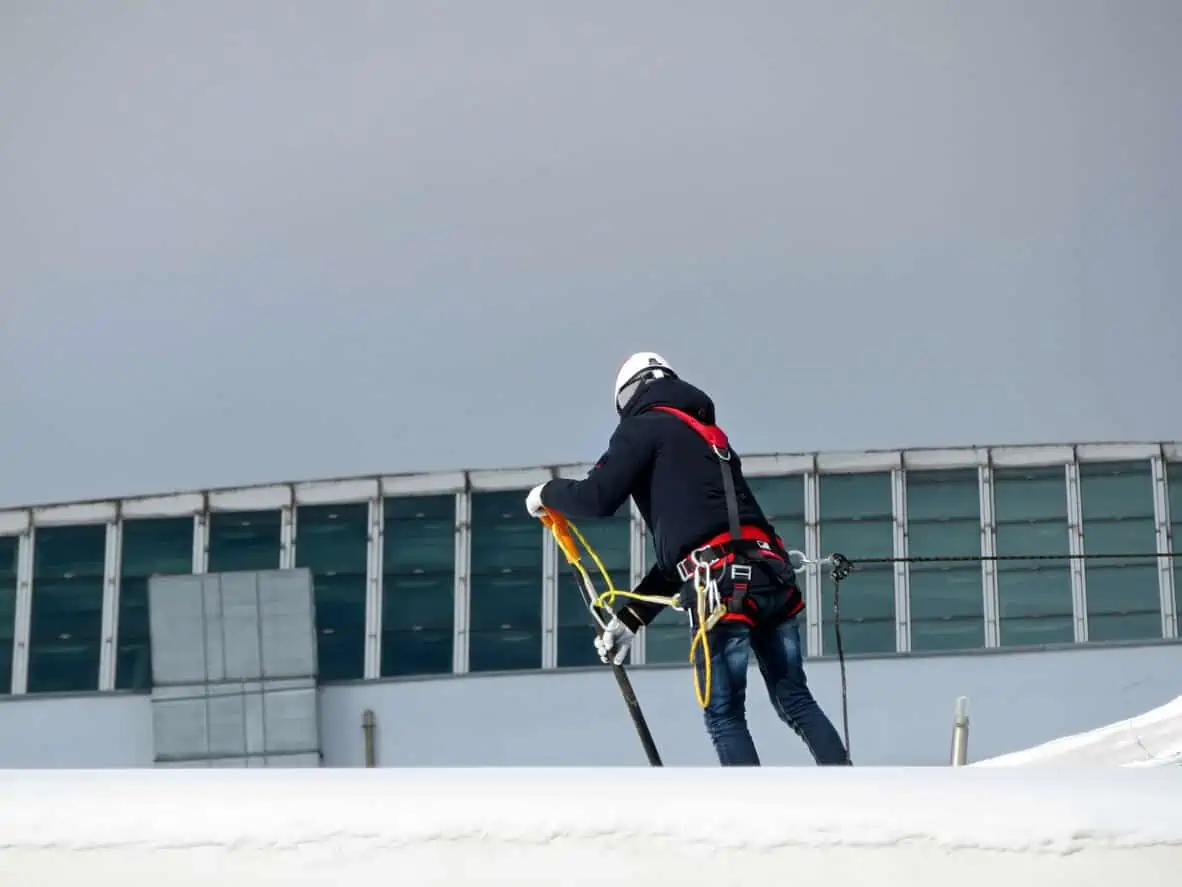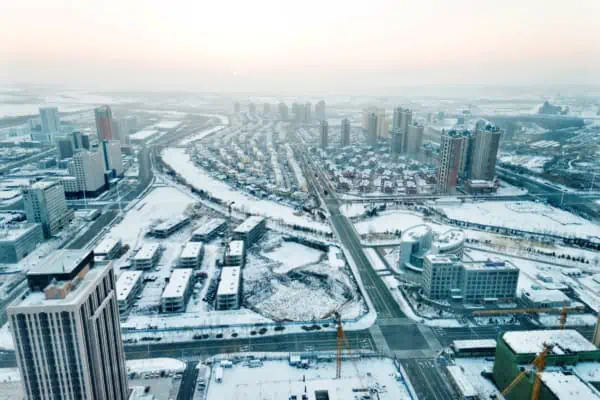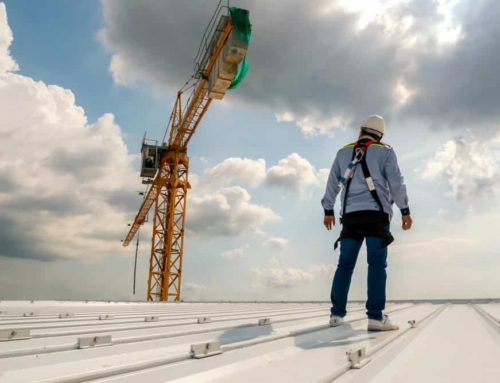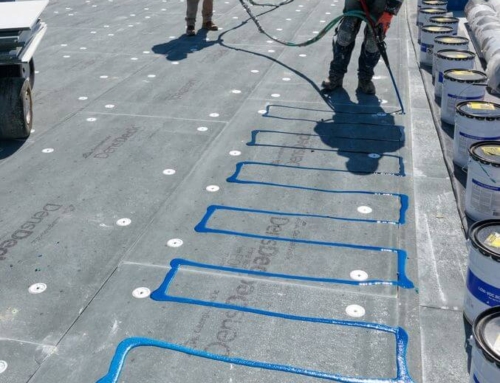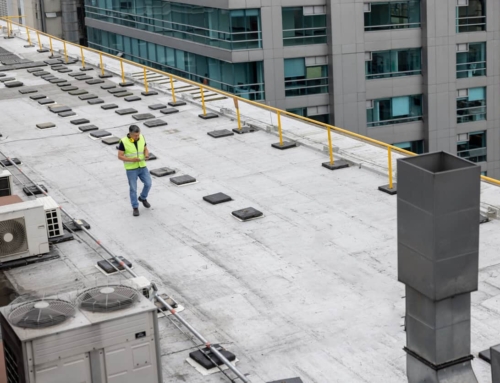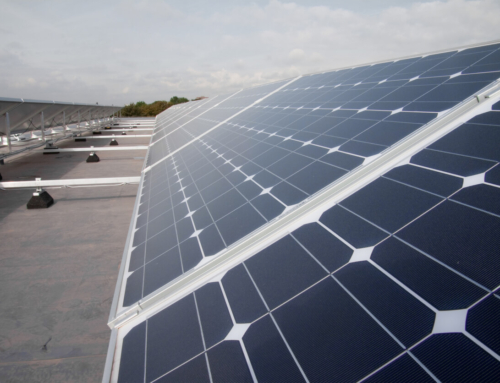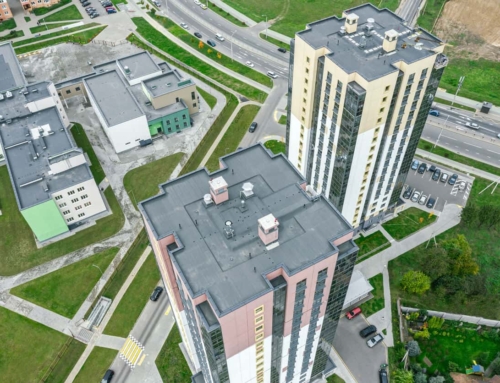Learn to prevent roof damage from snow and ice on both your commercial roofing system and your residential roof. This guide will focus on preventing damage to built-up roofing systems, metal roofing, and other commercial roofing materials.
Contents
- 1 Tips For Preventing Snow and Ice Damage to Your Roof
- 1.0.0.1 Have your roof professionally inspected before winter.
- 1.0.0.2 Monitor the snow and ice on your roof.
- 1.0.0.3 Remove the snow uniformly across the building before it reaches 50% of the maximum safe depth – at the deepest part of the roof.
- 1.0.0.4 Don’t damage the roof surface when removing snow and ice.
- 1.0.0.5 Make sure your drainage system is clear to prevent ice dams.
- 2 Kinds of Roof Damage from Snow and Ice
- 3 How to Prevent Damage to Your Commercial Roofing System
- 3.1 Monitor the snow depths on the roof.
- 3.2 Remove snow uniformly across the roof.
- 3.3 Take care not to damage the existing roof when removing snow and ice.
- 3.4 Remove snow and ice from storm drains and catch basins.
- 3.5 Have a professional inspect the roofs of all your commercial properties – before winter.
- 4 Nations Roof Offers Preventive Maintenance for All Roofing Systems
Tips For Preventing Snow and Ice Damage to Your Roof
-
Have your roof professionally inspected before winter.
-
Monitor the snow and ice on your roof.
-
Remove the snow uniformly across the building before it reaches 50% of the maximum safe depth – at the deepest part of the roof.
-
Don’t damage the roof surface when removing snow and ice.
-
Make sure your drainage system is clear to prevent ice dams.
Kinds of Roof Damage from Snow and Ice
Heavy snow and ice are problematic for a commercial roof on a variety of levels.
Snow, ice, and water are heavy and can add significant weight to your roof. It’s important not to let snow and ice accumulate beyond the roof’s load-bearing capacity to prevent a dangerous roof collapse.
Snow and ice can also lower the temperature of your building, forcing you to pay more to heat your space and causing more wear and tear on your HVAC system. More importantly, the heat inside the building will also cause a water layer under the ice and snow on the roof, leading to ice dam formation.
Ice dams occur when ice or snow melts and flows to the colder edges of the commercial roof. There, it refreezes and clogs the gutters and drainage systems which causes icicles to form and sends water into unprotected spaces.
How to Prevent Damage to Your Commercial Roofing System
Here are some helpful tips for protecting your commercial roofing systems from snow and ice damage.
Monitor the snow depths on the roof.
Removing snow accumulation is recommended before it reaches 50% of the maximum safe depth. It’s unsafe to send employees onto the roof once the snow reaches live-load capacity.
However, as you know, snow drifts on the roof, which makes it challenging to monitor the depth of the snow. Therefore, pay particular attention to roof valleys or low roof sections adjacent to higher structures. Also, watch the downwind side of pitched roofs and the areas against parapets.
Remove snow uniformly across the roof.
When removing snow, do so uniformly across the roof to prevent unbalanced loads on your roof systems.
Take care not to damage the existing roof when removing snow and ice.
Removing every bit of wet snow or ice from the roof surface is unnecessary. Leaving a small layer will prevent roof damage caused by the snow removal equipment. Also, ensure that the de-icing products you use to avoid an ice buildup will not damage your roofing materials.
Remove snow and ice from storm drains and catch basins.
Draining is extremely important for every type of commercial roof system. The water from the melting snow and ice has to have a place to escape.
Have a professional inspect the roofs of all your commercial properties – before winter.
While most of this article has focused on preventing an ice dam after the high winds and freezing temperatures commence, the work that must be done to protect your roof from snow and ice must begin when the grass is still green.
Have a professional roofer repair the gaps around seams, joints, and flashing. Fix any membrane damage and ensure the drainage system works as it should. See if there are any signs of snow damage from previous loads, such as sagging, cracks, or bowed load-bearing walls.
Finally, ask your roofing contractor if a roof coating system could help protect your commercial building and extend the life of your existing roof.
Nations Roof Offers Preventive Maintenance for All Roofing Systems
Contact Nations Roof to have your commercial roof inspected. You will receive a report that details your roof’s current condition and a list of repairs (if needed) in order of priority, pricing, and recommendations. Based on this data, which you can review through our online customer portal, you will decide what work gets performed and when.

